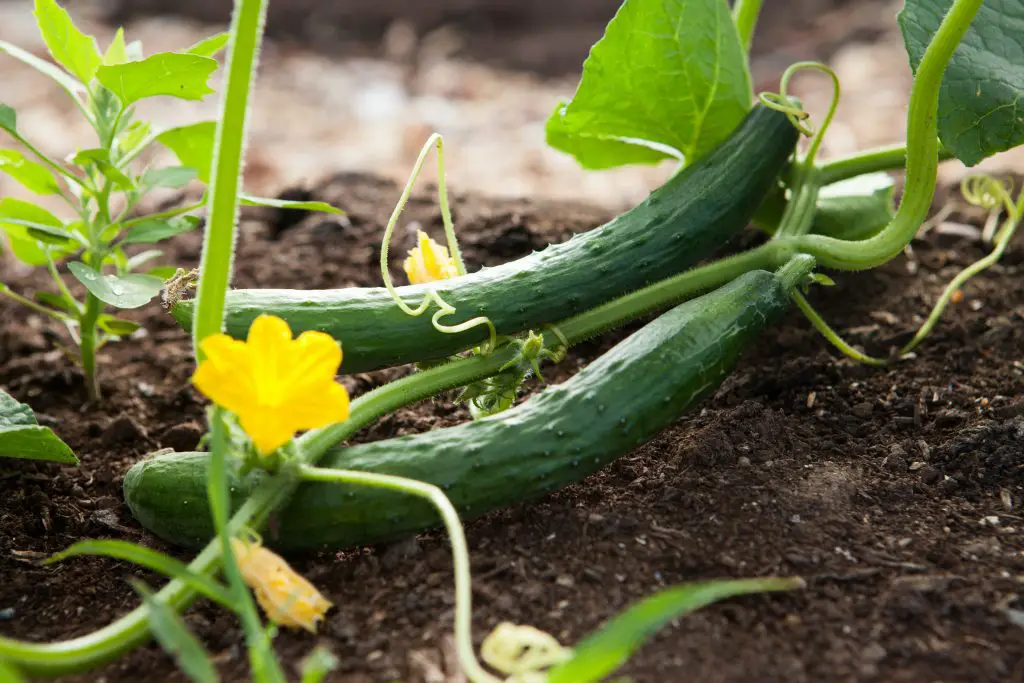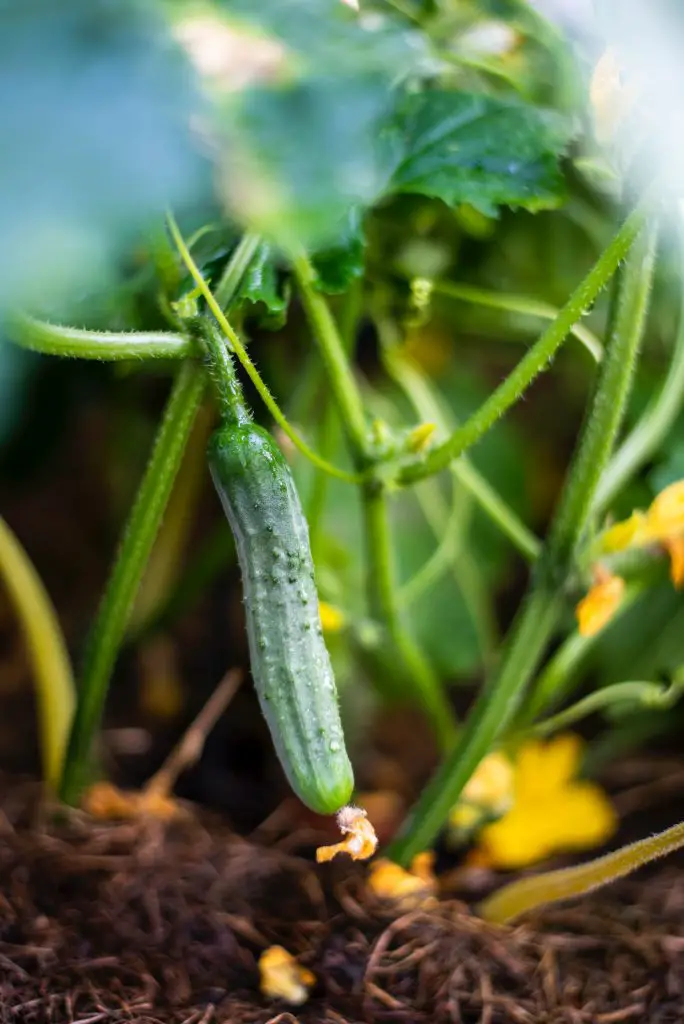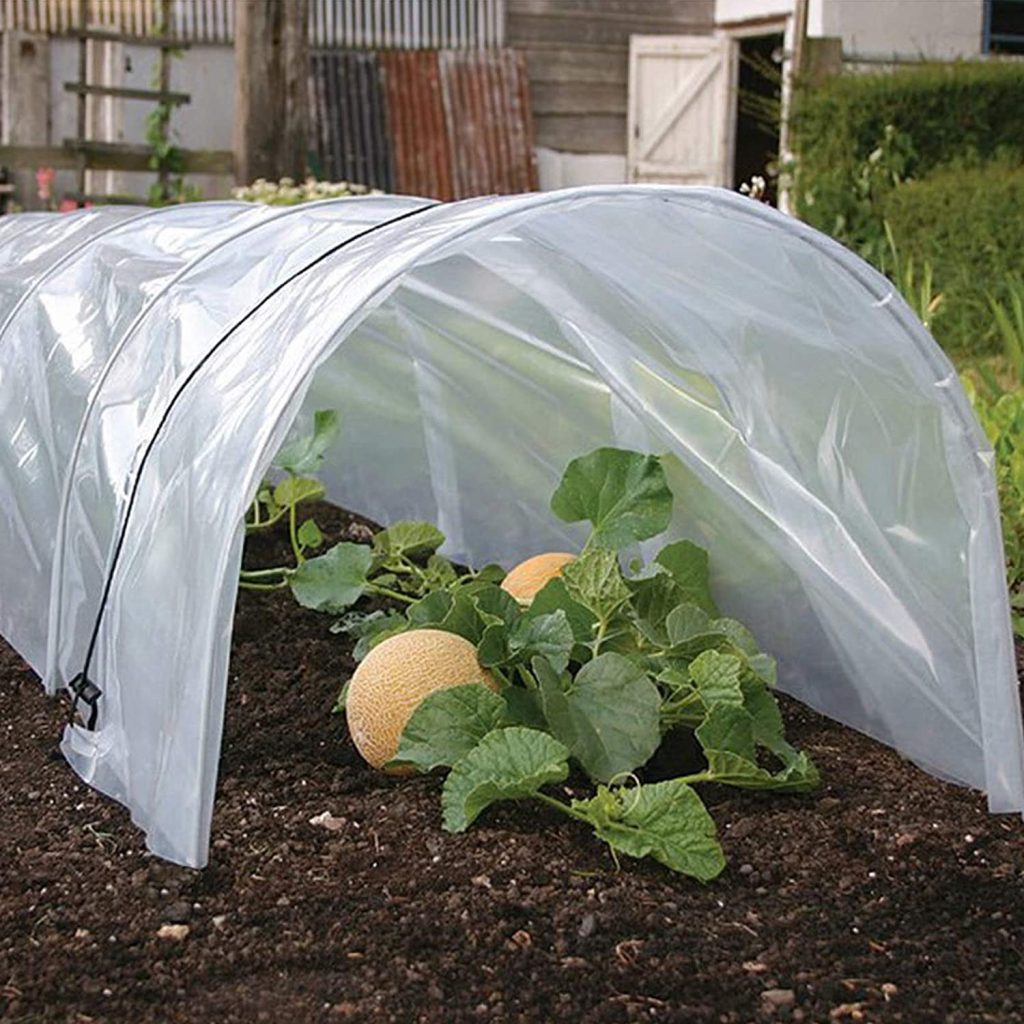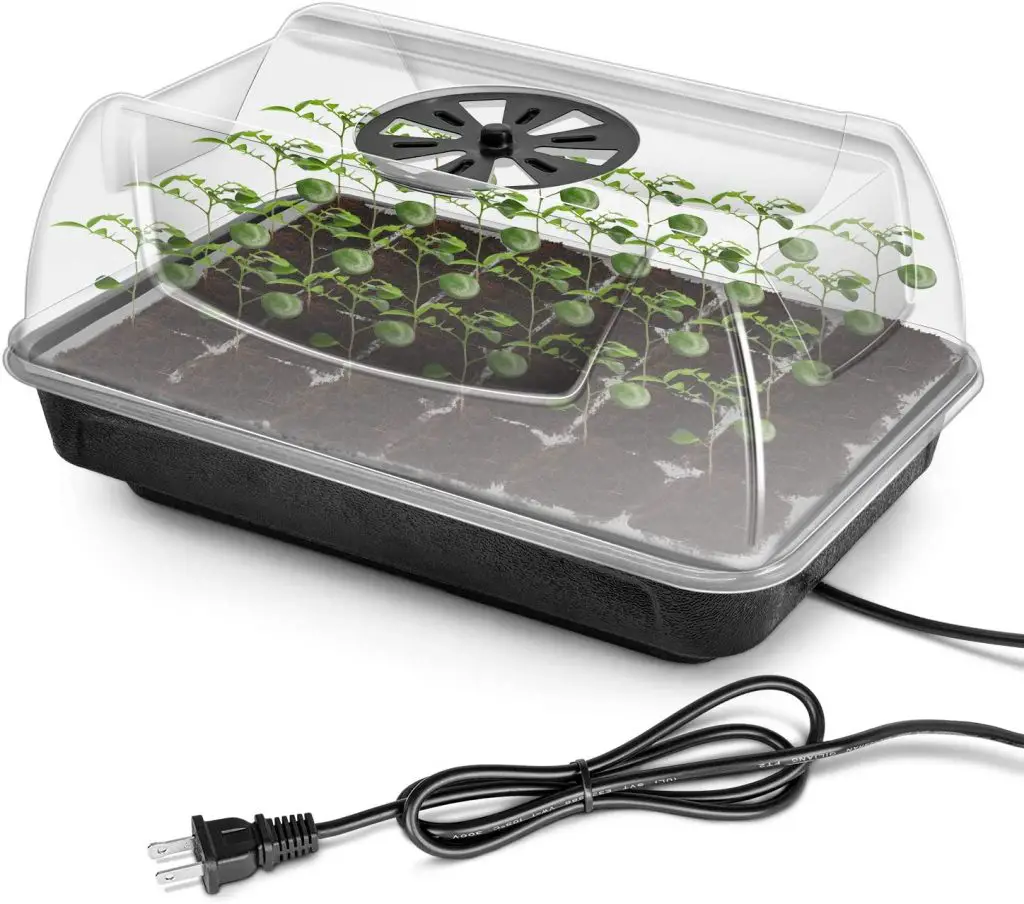How Long Does It Take Cucumber Seeds To Germinate? Cucumbers are one of the favourite fruits that everyone eats in summer in salads or even by themselves as a snack. Given, the popularity many people will grow the plants at home and one of the most common questions that is asked is how long does it take for cucumber seeds to germinate?
Cucumbers will take approximately 7 to 14 days to germinate at temperatures of 59°F to 95°F (15 to 35°C) according to a study published by the University of California. However, below 59°F (15°C) the seeds will not germinate. A table showing the speed of germination is provided below for reference.
| Days To Germinate | Temperature (°F) | Temperature (°C) |
| – | 32 | 0 |
| – | 41 | 5 |
| – | 50 | 10 |
| 13.0 | 59 | 15 |
| 6.2 | 68 | 20 |
| 4.0 | 77 | 25 |
| 3.1 | 86 | 30 |
| 3.0 | 95 | 35 |
| Not Tested | 104 | 40 |
Cucumbers are a member of the cucurbit family which are all frost-sensitive vegetables that require relatively warm conditions to grow. This means that generally it is not recommended that you plant seeds until the temperature is at least 68°F (20°C) or higher so there is some margin of area to ensure that the seeds actually germinate.
For people that live in cooler locations, this can be an extremely limiting restriction as temperatures can remain below that level for an extended period of time during the growing season.
To avoid this issue it is advisable to start the seeds inside in a seed tray. However, as you can see from the table above placing a seed tray inside is a little risky as it is not uncommon for some indoor spaces to get below 59°F (15°C) degrees if you live in a really cold climate.

As a result of this, we generally recommend that you use a heated propagation tray as this will ensure that the temperature is consistently controlled to optimise seed growth early in the season.
If you are considering purchasing a heated propagation unit we would recommend that you purchase one that has a removable seed tray and a humidity dome. The reason for this is because this is the part of the unit which will deteriorate first therefore being able to replace it will extend the life of any unit that you purchase.
The second key feature is to ensure that the heated seed tray has a humidity Dome as this will help to maintain a constant temperature and humidity around the seedlings ensuring relatively rapid growth. An example of this type of product is provided in the link below, click on it to see the latest price on Amazon.
How To Grow Cucumbers
Cucumbers are relatively easy to grow provided that the temperatures are warm enough as discussed above. If you live in a cool climate is important to get the seed going early indoors.
The earliest you can plant seeds is approximately 4 weeks prior to the last frost however at this stage it may be necessary to pot seedlings on and keep them indoors or alternatively provide protection in the garden to ensure that the temperature remains sufficiently high to allow growth.
To plant the seeds start by filling the seed tray with a good quality seed raising mix and firm the soil into the individual cells to form a solid plug as this will make it easier to transplant the seedlings later on.
It is recommended that you plant two seeds per cell to ensure that at least one germinates. The seeds should be planted at a depth of approximately half an inch. Once the seeds are planted it is important to ensure that they remain moist because if the soil dries out the seedlings will die.

Cucumber seedlings will typically need to spend approximately 6 weeks in the seed tray before they need to be transplanted into a large pot or into the garden directly depending upon the conditions outside.
When planting cucumbers into the garden it is important to select a location that gets at least 6 to 8 hours of sun per day. In terms of soil conditions, cucumbers can be quite prolific once they get going so it is important to provide them with adequate nutrients by providing a rich, moist, and free-draining soil. If you are unsure about the quality of your soil it is advisable to add an additional bag of compost before planting the seedlings out in the garden.
When planting the seedlings it is important to protect them from slugs and snails as they are highly susceptible to attack early on in their life. The best way to do this is to use commercial snail bait and sprinkle it around the seedlings.
As cucumbers are sensitive to cooler conditions it is advisable to provide some protection to keep the plants warmer by either putting a cloche or row cover over the plants. Cloches can be made easily by taking old milk cartons and cutting the base out of them and removing the lid. However, the use of cloche is limited due to their relatively small size.
If you live in a location where the weather is unreliable for an extended part of the growing season it is advisable to invest in a row cover. The row cover selected should be relatively toll so that it can accommodate a range of plants, an example of this type of product is shown below. To see the latest price for this item click on the link below.

Extend Your Season With Growsun Row Covers
Once the plant becomes established it will progressively start to produce a sprawling vine which can either be grown along the ground or on a trellis. The trellis is a little bit more work but it does keep the fruit off the ground which is advantageous if you have relatively wet conditions.
Once the plant begins to produce fruit it can be picked at any stage of its life and eaten, however, we generally recommend that you allow the fruit to get to a length of at least 4 to 6 inches long before picking it.
It is important to know that cucumbers only change colour when they’re beginning to become over-ripe so they should be picked when they are green and unless you have a specific variety that has different coloured skin. To avoid this happening it is important to regularly visit the plant once it begins to fruit and remove the fruit as it appears to ensure that you get the most out of your plant.
I hope you found this article useful and have great success growing cucumbers at home, if you have any additional questions or comments please leave them in the section below.
Relevant Articles
Why Do My Cucumbers Bloom But Don’t Produce?
Can You Pick A Cucumber Too Early?
How Many Cucumbers Will A Plant Produce?
Can You Plant Seeds From A Store Bought Cucumber?
What Makes Cucumber Turn Yellow? And Are They Still Edible?

